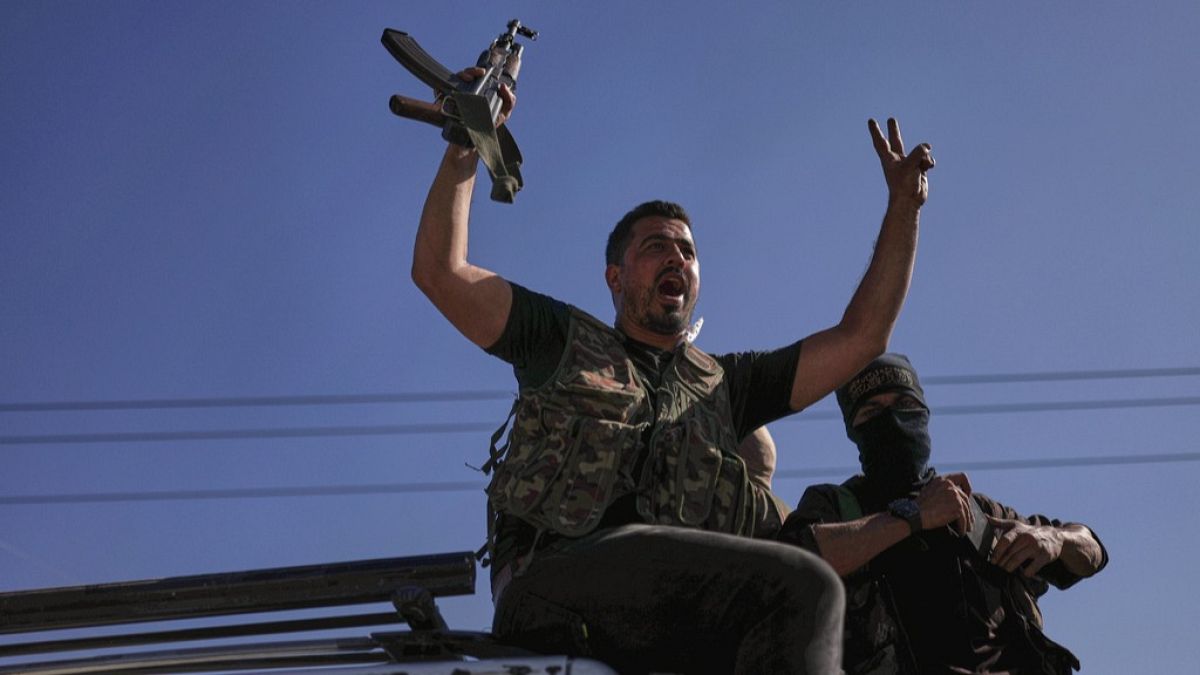

In the heart of the Middle East, a region often characterized by its complexity and strife, recent developments highlight both ongoing challenges and glimmers of hope for peace. From delicate ceasefires to high-stakes diplomatic negotiations, the landscape remains as dynamic as ever.
In a positive step forward, the United States announced a ceasefire agreement between Israel and Syria, offering a much-needed respite for areas embroiled in conflict, especially for those affected by the clashes between Druze fighters and Bedouin clans in Syria’s Sweida region. While the fighting has resulted in a significant humanitarian crisis, displacing tens of thousands and impacting countless lives, this ceasefire marks a crucial first step towards stabilization and recovery. Communities hope this agreement will become a solid foundation for long-term peace and reconstruction in a region still healing from a decade of civil war.
Meanwhile, efforts continue to resolve the longstanding Cyprus issue, with five-party negotiations recently concluding without a resolution. The United Nations, committed to achieving a breakthrough, has scheduled further mediation sessions in September. Despite the absence of an immediate resolution, there is cautious optimism that sustained diplomatic efforts will eventually pave the way toward reconciliation and unity on the island.
In the midst of these fragments of hope, the situation in Gaza remains tense. The recent Israeli strike on the Holy Family Church, Gaza’s sole Catholic church, brought sorrow to the region, leading to the loss of innocent lives. The funerals held for the victims drew mourners from across the community, highlighting the profound grief felt by all. Following the incident, two of Jerusalem’s leading Christian clerics, Pierbattista Pizzaballa and Theophilos III, traveled to Gaza, extending solidarity and calling for peace. Their rare visit underscored the urgent need for dialogue and understanding between communities.
Despite ongoing diplomatic efforts, challenges persist, as highlighted by recent reports of Israel denying visas to several key humanitarian leaders working in Gaza. This has raised concerns about the ability of humanitarian organizations to effectively coordinate relief efforts in a region in urgent need of support. The international community continues to advocate for open channels that facilitate the delivery of essential aid and services.
The situation in Syria also remains fraught, as ongoing sectarian violence and clashes between government forces and tribal groups, particularly in the Druze heartland, underscore the complex realities on the ground. The United Nations has called for an independent investigation into the violence to ensure accountability and prevent further bloodshed. With over 638 lives claimed, according to the Syrian Observatory for Human Rights, the call for peace remains as paramount as ever.
Simultaneously, the Middle Eastern landscape witnessed a drone attack in Iraq, representing another dimension of the region’s multifaceted security challenges. Such incidents highlight the need for continued vigilance and the pursuit of diplomatic solutions that address root causes and promote lasting stability.
In these challenging times, it is heartening to observe the commitment of leaders and communities striving for peace and reconciliation. The cooperative spirit shown by various stakeholders, despite the daunting hurdles, serves as a reminder of the power of dialogue and the enduring human spirit. As the region navigates through these turbulent waters, the hope rests in collective efforts fostering a peaceful and prosperous future for all its people.
Source: {link}
